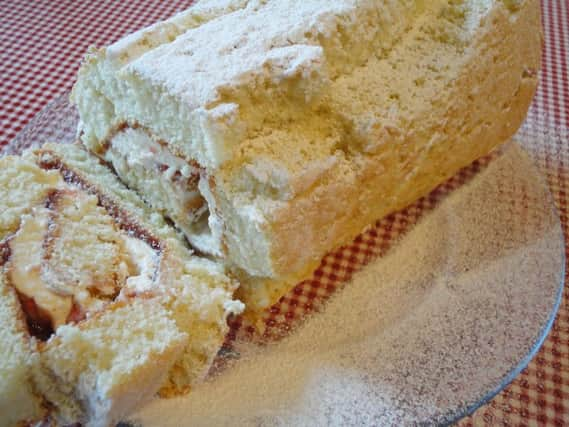Gluten free alternatives have come a long way in recent years


Gluten is present in wheat, barley and rye and some people are also sensitive to oats. It affects around one in a hundred people.
When you bake it’s the gluten that gives elasticity and the ability to “hold” food products together. If you’ve been diagnosed with Coeliac disease you can get a prescription for gluten free bread, pasta and other products. In the past they weren’t of a brilliant standard but thankfully things are changing. There are a lot of dedicated gluten free bakeries in Northern Ireland now who make bread, cakes and traybakes to a phenomenal standard. I had a gluten free caramel square recently that was as good as any conventionally baked version.
Advertisement
Advertisement
The hidden gluten in food is another thing to consider. Lots of readymade sauces, cereals, and flavourings contain it and you really need to read the small print to confirm. When I eat out I often ask if the sauces contain flour as it’s a good measure of the cook’s ability. Using flour in sauces for example will give a higher yield but the quality is compromised. If you reduce stock with wine and aromatics or cream the result will be an intense and flavoursome sauce with a lovely sheen and none of the gloop of a flour thickened one. Dressings using olive oil, flavoured vinegars or pureed vegetables, combined with spices and fresh herbs, make a lighter more palatable accompaniment anyway.
Soup is another minefield. It’s just too easy to use flour to thicken it and eke it out, instead of what should be a natural expression of delicious ingredients. If you’re making a carrot soup the carrot itself will thicken the soup when pureed or you can add a potato. This way you have none of that horrible skin that sits on top. Roast the carrot first to intensify the flavour, add some spice and you have something wonderful that really doesn’t need the addition of a thickener.
Over the years I’ve done a lot of experimentation with baking using alternatives to flour and there have been a few disasters! But then I discovered Xanthan gum – this helps to reduce crumbling and really ensures bread and cakes hold together.
One of my recipes is for a gluten free savoury bread, topped with onions and cheese. The recipe has Xanthan, yeast and baking soda in it to help it rise and works a treat. Serve with a good bowl of broth.
Advertisement
Advertisement
Dove’s Farms are English millers and their products are exemplary. They have a dedicated gluten free factory and their range is available in good delis, health food shops and some supermarkets.
Swiss Roll was one of the first things I baked and because of this I have nostalgic fondness for it.
In the gluten free recipe here rice flour and cornflour replace the regular flour and baking powder and eggs help it to rise. The sponge is then filled with jam, cream and fresh raspberries before being rolled – one of life’s simple pleasures.
The Romans used spelt flour to make bread and referred to it as the “marching grain”. While it isn’t gluten free some coeliacs can eat it without reacting. My theory is that a pure flour like this will make a much more nutritional loaf than one filled with emulsifiers and sugar.
Everything has become so refined – for my money it’s time to go back to a more rustic approach.